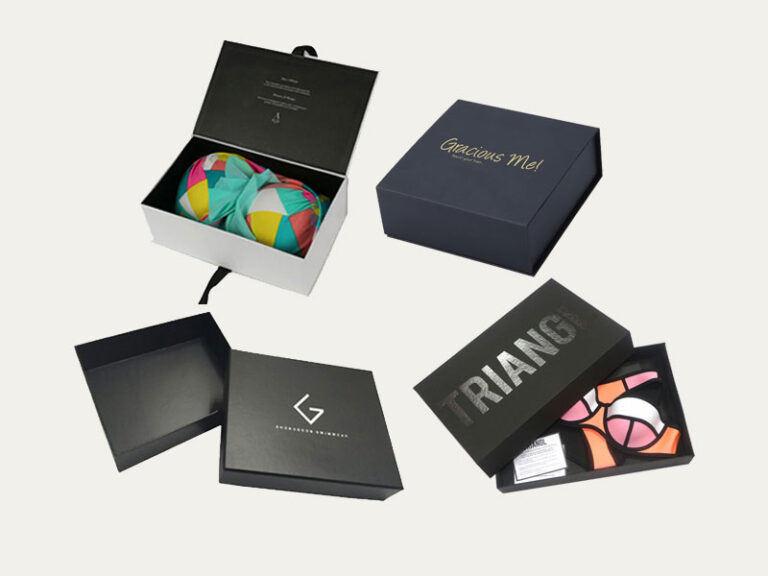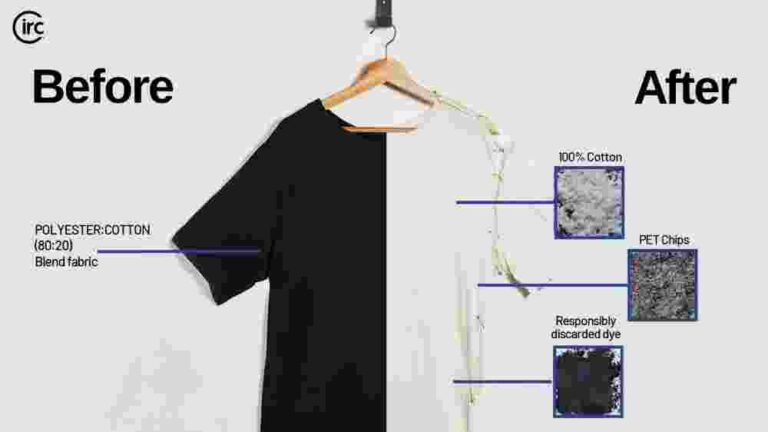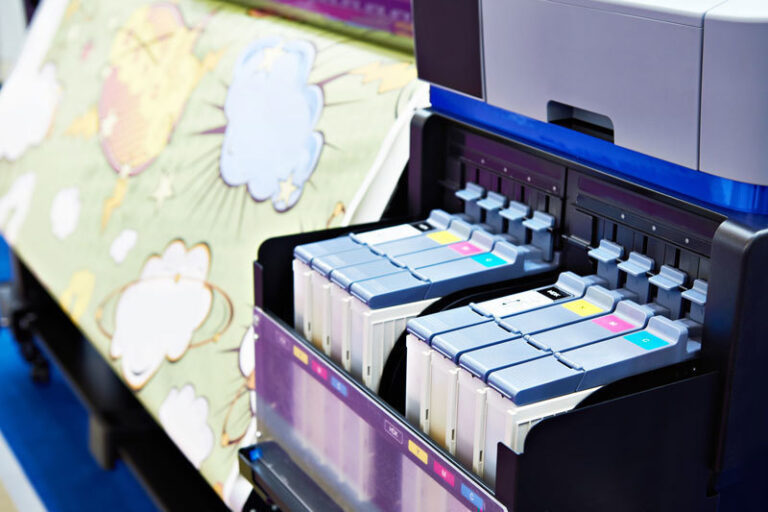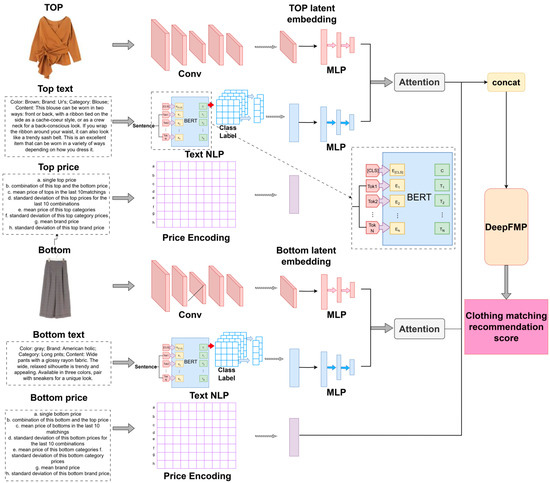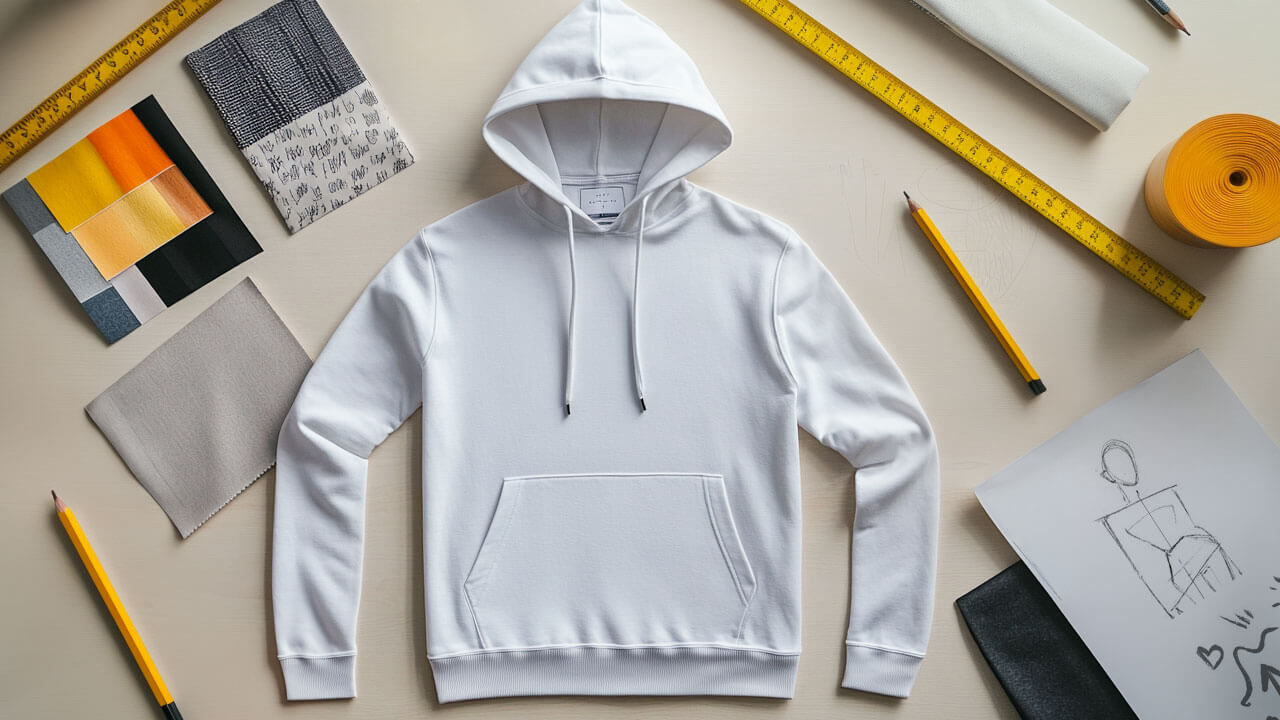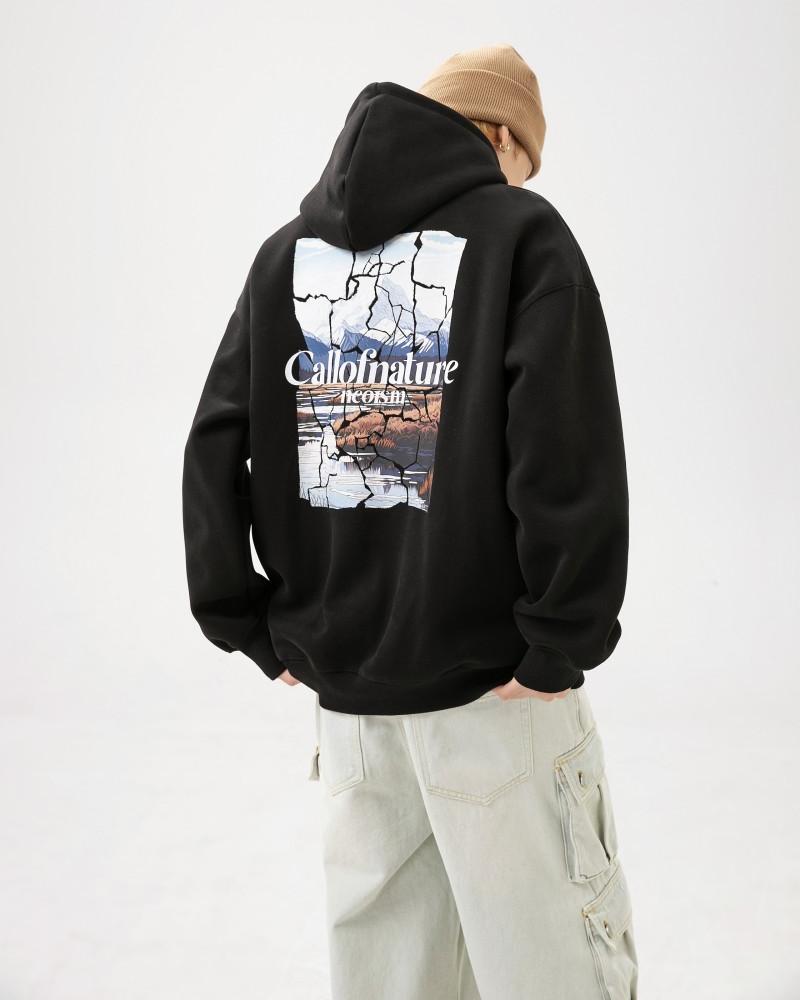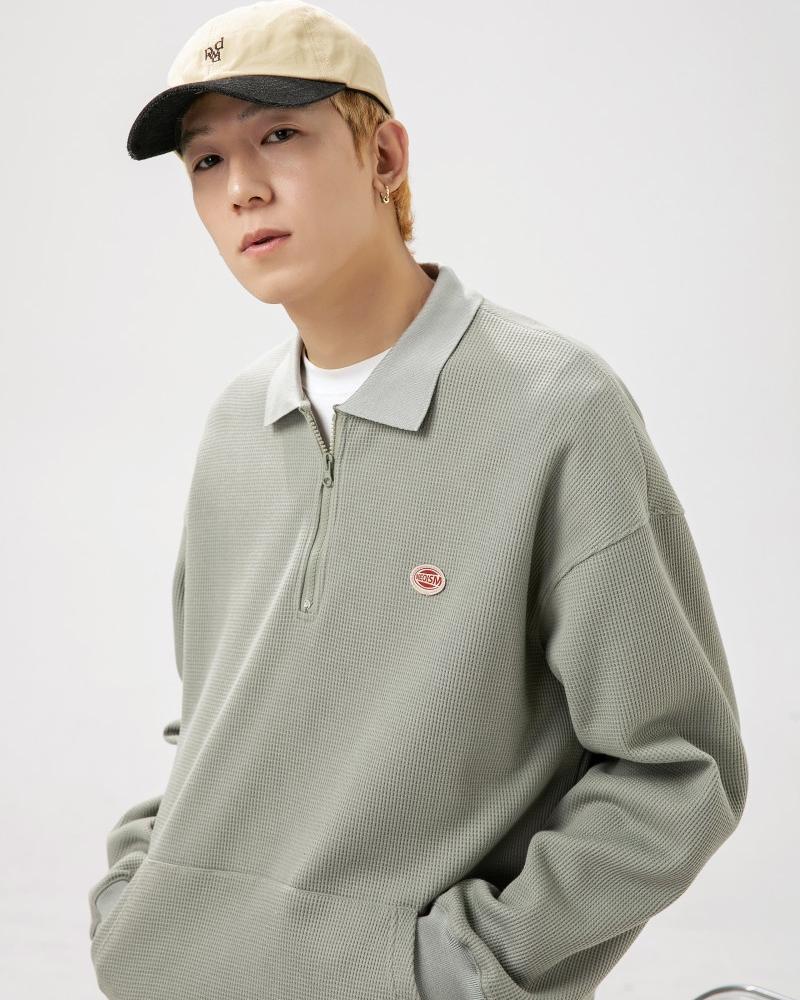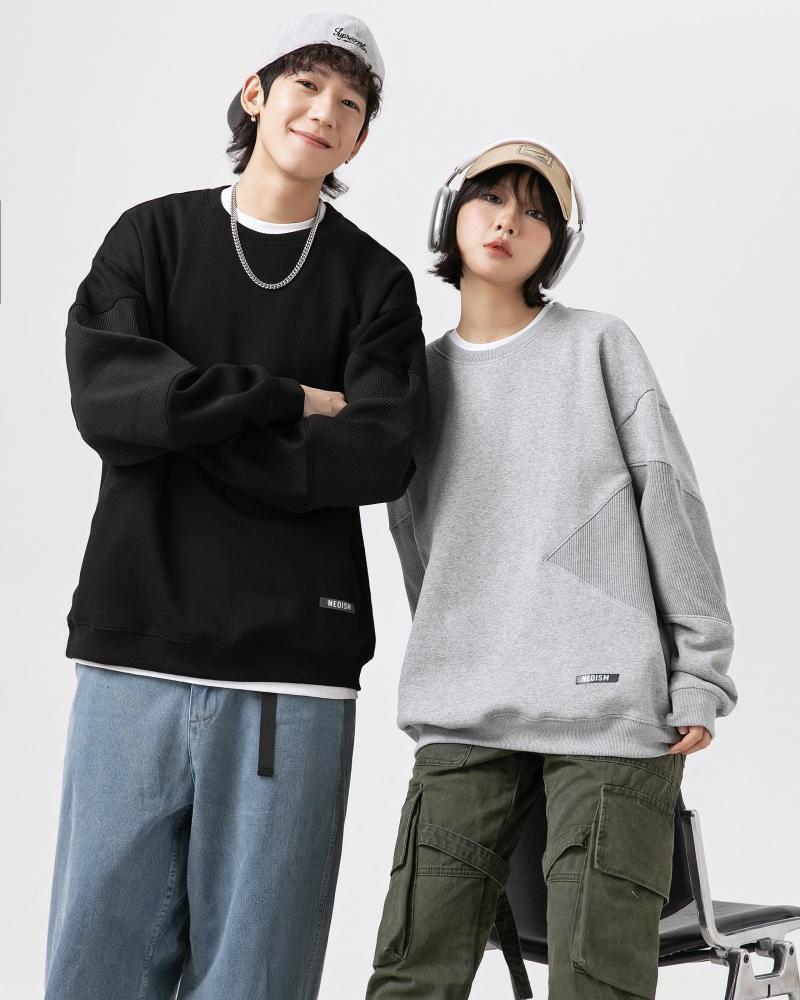-
No. 28, Zhanqian 1st Street, Liuhua Subdistrict, Yuexiu District, Guangzhou City
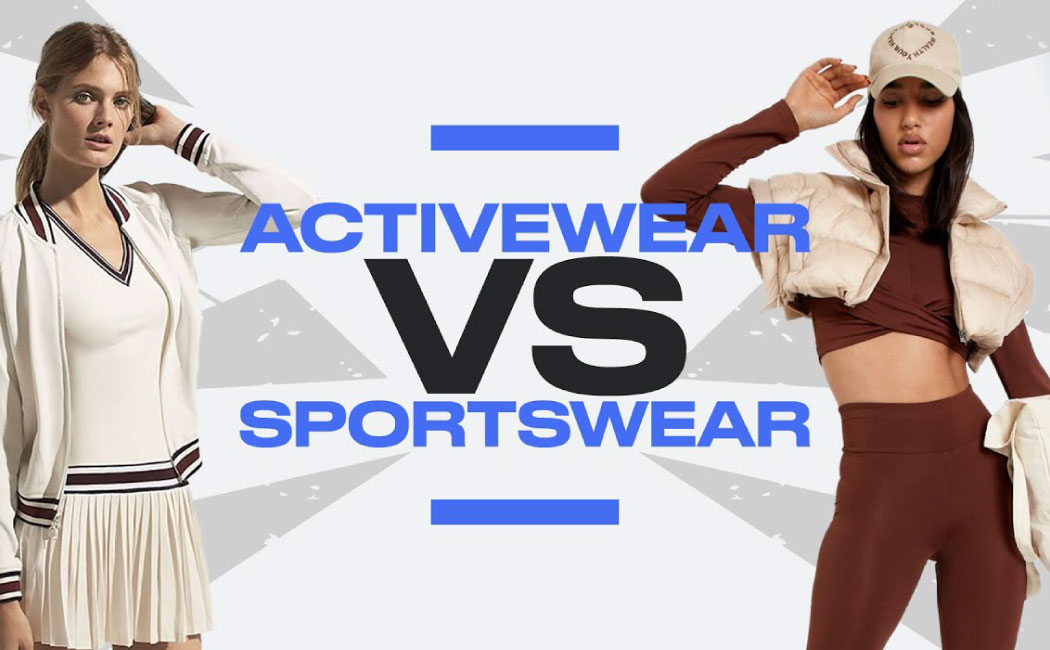
Sportswear vs. sports suits: How to choose the best sportswear according to your needs?
Table of Contents
Abstract
Sportswear and sports suits are the two most common choices for casual sportswear, but many people tend to confuse them. In fact, they have significant differences in fabrics, design, functions, and applicable scenarios. This article will compare and analyze sportswear and sports suits from 10 key perspectives to help you make the best choice based on your sports needs, wearing occasions, and budget.
1. Differences in fabrics and materials
(1) Fabric characteristics of sportswear
Sportswear is designed for sports, emphasizing breathability, moisture absorption and perspiration, and elasticity. Common materials include:
- Polyester: wear-resistant, moisture-proof, suitable for high-intensity sports.
- Nylon: light and quick-drying, reducing the sense of restraint during exercise.
- Spandex blend: high elasticity, enhancing sports flexibility.
Argument: Professional sportswear usually uses high-tech fabrics, such as Nike’s Dri-FIT technology, which can quickly wick away sweat and keep you dry.
(2) Fabric characteristics of sports suits
Sports suits focus more on comfort and warmth. Common materials include:
- Cotton velvet: soft and skin-friendly, suitable for home leisure.
- French terry: lighter than ordinary cotton, but still warm.
- Cotton-polyester blend: both comfortable and durable.
Argument: Adidas’ classic sports suits are mostly made of cotton blends, which are suitable for daily leisure, but are not easy to dry quickly after absorbing sweat.
(3) Comparative conclusion
| Features | Sportswear | Sports suit |
|---|---|---|
| Material | Polyester, nylon, spandex | Cotton, fleece, terry cloth |
| Touch | Smooth, breathable | Soft, warm |
| Function | Moisture wicking, quick drying | Comfortable, warm |
2. Differences in design and style
(4) Design features of sportswear
- Slim fit: Reduce wind resistance and improve sports performance.
- Elastic cuffs/trouser legs: Prevent clothing from shifting, suitable for running and fitness.
- Mesh stitching: Enhance breathability and avoid stuffiness.
Argument: Under Armour’s sportswear often adopts compression design to enhance muscle support and is suitable for high-intensity training.
(5) Design features of sports suits
- Loose fit: Provides greater freedom of movement.
- Drawstring design: Adjustable waist, suitable for different body shapes.
- Fleece lining: Better warmth in autumn and winter.
Argument: Champion’s classic sports suits are known for their looseness and comfort, suitable for home or daily travel.
(6) Comparative conclusion
- Sportswear: More functional, suitable for sports scenes.
- Sports suit: More casual and comfortable, suitable for daily wear.
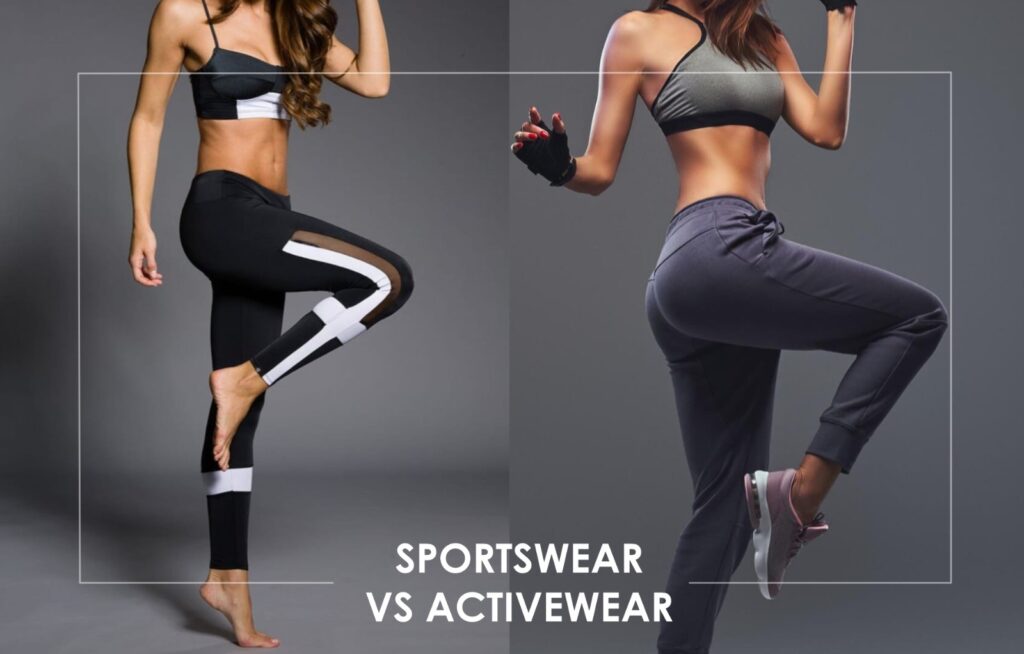
3. Differences in applicable scenarios
(7) Best use scenarios for sportswear
- High-intensity exercise (such as running, fitness, cycling).
- Outdoor activities (such as hiking, mountaineering).
- Trendy wear (sporty street style).
Argument: Lululemon’s sportswear is deeply loved by yoga enthusiasts because of its high elasticity and support.
(8)Best use scenarios for sports suits
- Home leisure (watching TV, relaxing).
- Daily outings (shopping, traveling).
- Cold weather (warm wear in autumn and winter).
Argument: Uniqlo’s fleece sports suits are a popular choice in winter due to their warmth.
(9)Comparative conclusion
- Sportswear: suitable for dynamic activities, emphasizing performance.
- Sports suits: suitable for static leisure, emphasizing comfort.
4. Differences in price and quality
(10)Factors affecting price
- Brand premium (Nike, Adidas, etc. are more expensive).
- Technology fabrics (such as GORE-TEX waterproof material).
- Craftsmanship details (such as seamless cutting and reflective strip design).
Argument: High-end sportswear (such as Arc’teryx) uses professional outdoor fabrics and can cost more than a thousand yuan, while ordinary sportswear (such as H&M) is more affordable.
(11) Recommendations for cost-effective selection
- Budget-limited: Choose sportswear from domestic brands (such as Li Ning and Anta), or basic sportswear from Uniqlo.
- Performance-seeking: Invest in high-end series from professional sports brands (such as Nike and Under Armour).
5. Summary: How to choose?
| Needs | Recommended Choice | Reasons |
|---|---|---|
| High-intensity sports | Professional sportswear | Breathable and elastic |
| Daily leisure | Sports suit | Comfortable and warm |
| Limited budget | Domestic high-cost-effective models | Balanced function and price |
| Fashionable wear | Trendy brand sportswear | Strong sense of design |
FAQS
Q1: What’s the main difference between sportswear and sports suits?
A: Sportswear is designed for performance (breathable, stretchy), while sports suits prioritize comfort and warmth (soft, loose).
Q2: Which is better for workouts?
A: Sportswear—its moisture-wicking fabrics and snug fit enhance movement.
Q3: Are sports suits good for running?
A: No. Their loose fit and cotton fabric trap sweat and increase wind resistance.
Q4: Can I wear sportswear casually?
A: Yes! Many sportswear designs (like joggers or hoodies) double as streetwear.
Final suggestion
- Sports enthusiasts: Give priority to sportswear with moisture absorption and perspiration and high elasticity.
- Casual users: Choose cotton or fleece sports suits to improve comfort.
- Four seasons wear: Choose sportswear in summer and fleece sports suits in winter.
Through the above comparison, you can choose the most suitable sportswear according to your needs, whether it is to improve sports performance or enjoy a comfortable and leisure time!

